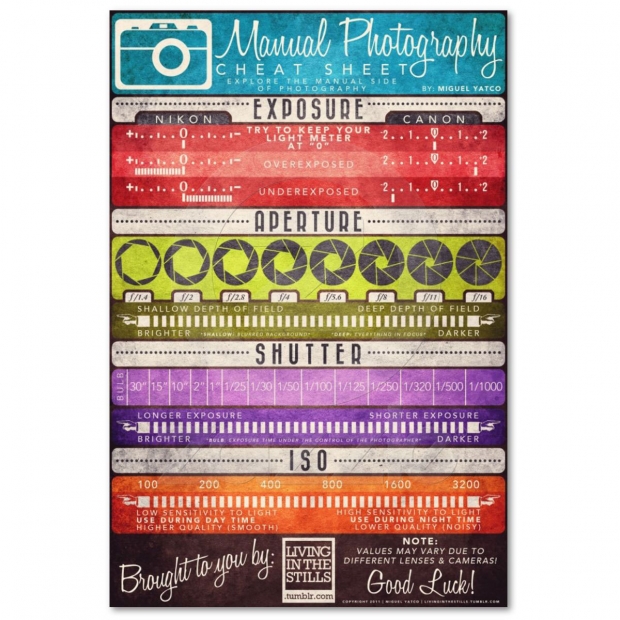Join Us To Discover Important Digital Photography Pointers That Will Certainly Unlock Your Electronic Camera'S Possibility-- Prepare To Record Magnificent Photos In No Time!
Join Us To Discover Important Digital Photography Pointers That Will Certainly Unlock Your Electronic Camera'S Possibility-- Prepare To Record Magnificent Photos In No Time!
Blog Article
Article Writer-Lundgreen Bryant
When you first grab your video camera, it can really feel frustrating with all the settings and alternatives offered. You may find yourself wondering how to navigate aperture, shutter speed, and ISO efficiently. Understanding these principles is critical, yet there's even more to digital photography than simply technical knowledge. Comprehending structure methods and illumination conditions can elevate your pictures considerably. So, suppose Click To See More could learn basic techniques to enhance your skills and begin recording excellent photos earlier than you believe? Allow's check out how to change your photography trip.
Comprehending Camera Setups
Understanding your electronic camera settings is important for catching stunning photos. When Outside portrait pick up your electronic camera, acquaint yourself with the three primary setups: aperture, shutter rate, and ISO. Each plays a vital role in how your pictures end up.
Begin with aperture, which controls the amount of light entering the lens. A larger aperture (lower f-number) lets in extra light and produces an attractive history blur, excellent for portraits. Alternatively, a narrower aperture (higher f-number) keeps more of the scene in focus, perfect for landscapes.
Next, focus on shutter rate. This setting determines how long your video camera's sensing unit is subjected to light. A quick shutter rate ices up movement, which is terrific for action shots, while a slow-moving shutter speed can produce spectacular effects like smooth water in landscapes.
Finally, readjust professional pictures near me . This setup affects your video camera's sensitivity to light. A greater ISO works in low-light scenarios but can present sound or grain. Go for the lowest ISO feasible while still accomplishing correct direct exposure.
Composition Techniques
When you're out capturing, composition can make all the difference in how your photos reverberate with audiences. Begin by using the guideline of thirds; picture your framework separated into nine equal areas with two horizontal and 2 upright lines. Setting key elements along these lines or at their crossways to produce equilibrium and interest.
Next, take into consideration leading lines. These all-natural lines in your scene, like roadways or rivers, draw the visitor's eye into the picture, leading them with the tale you're informing.
Do not forget mounting; use components within your scene, like trees or windows, to develop a framework around your subject, adding depth and emphasis.
Likewise, watch on your background. A cluttered history can distract from your main subject, while an easy one assists it stand out.
Finally, try out symmetry and patterns; they can create a striking image that records interest.
Learning Lights Conditions
Grasping lights conditions is important for recording sensational pictures, as the right light can transform an average scene into something amazing.
Beginning by observing all-natural light at different times of the day. Early mornings and late afternoons offer the most effective light, referred to as the golden hour. The soft, cozy tones throughout these times can boost your pictures beautifully.
Do not shy away from overcast days either; diffused light can reduce rough shadows and create a pleasing effect, especially for pictures.
Explore backlighting by placing your topic against the light. This technique can create a dreamy halo result and include depth to your pictures.
Take notice of your electronic camera setups too. Change the ISO, aperture, and shutter rate to suit the lights conditions. A greater ISO can help in low light, but beware of grain.
Make use of a tripod in darker atmospheres to avoid blur.
Finally, do not forget artificial lights. Flash and continual lights can be great devices for controlling light in challenging problems.
Final thought
In conclusion, grasping your electronic camera doesn't have to be overwhelming. By understanding your settings, applying make-up methods, and using the power of natural light, you'll quickly boost your digital photography skills. Bear in mind, practice makes best, so go out there and explore your newly found understanding. With time and devotion, you'll be recording spectacular pictures that mirror your one-of-a-kind perspective. Delight in the trip, and don't neglect to have fun while you go to it!
